Calcium is a mineral needed for strong bones and teeth. Calcium also plays a role in blood clotting, the normal functioning of the heart and is used by nerves and muscles to help us move.
This activity using eggs is a very visual way to demonstrate what happens if you don't have enough calcium in your diet.
Which foods are good sources of calcium?
Cheese, milk, fortified plant milks, yoghurt, green leafy vegetables and tinned sardines are all good sources of calcium.
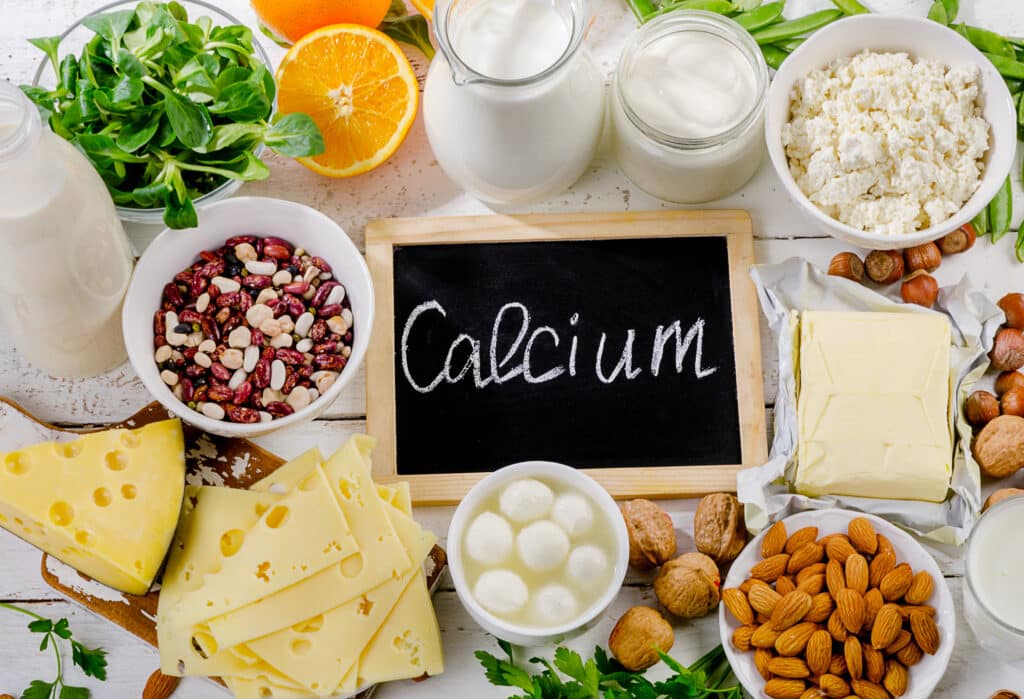
What happens if you don't eat enough calcium
99% of the body's calcium is found in the bones. If people don't have enough calcium in their diet the body starts to take calcium from the bones.
Low levels of calcium can lead to brittle bones and a disease called osteoporosis.
We obviously can't experiment with out own bones, but eggs shells are a good substitute! Egg shells are made from calcium carbonate and are very strong just like bones! Vinegar reacts with calcium carbonate breaking it down and releasing carbon dioxide. We're going to use this reaction to mimic the loss of calcium from bones.
Calcium in the diet investigation
You'll need
2 eggs
2 containers large enough to hold one egg each
Vinegar
Water
Instructions
Place one egg in each container.
Measure 200ml of water and pour it into one container. Make sure the egg is completely submerged by the water.
Pour the same amount of vinegar as water over the second egg and leave for 24 hours.
After 24 hours look at both eggs and write down what you see. The egg in water should look the same, but the egg in the vinegar should be covered with bubbles.
Leave both eggs for another 24 hours.
Gently rinse both eggs in clean water. You should find the egg that has been soaked in vinegar no longer has a shell. If any shell is left carefully wash the egg under water and the last bits of shell will rub off.
Vinegar completely breaks down the calcium carbonate in an egg shell.
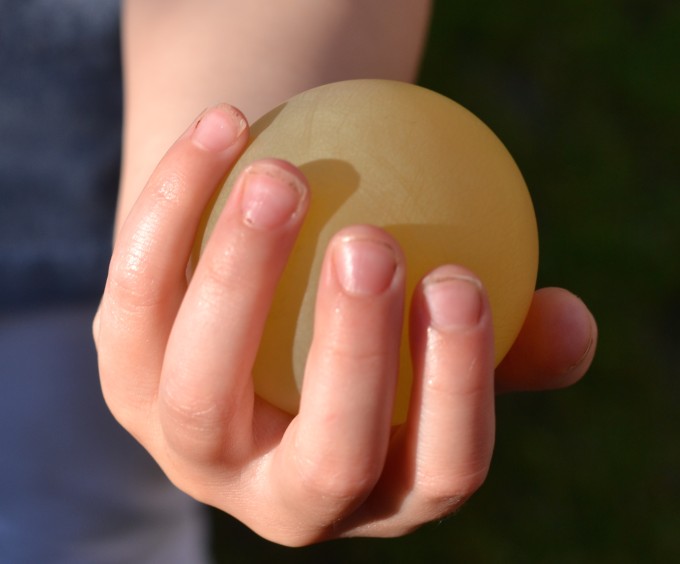
Bendy bones
Another fun activity for learning about why we need calcium is soaking a chicken bone in vinegar. The vinegar removes the calcium from the bone which means the bone is much less strong and can bend!
You can find this activity in my book, Gross Science!
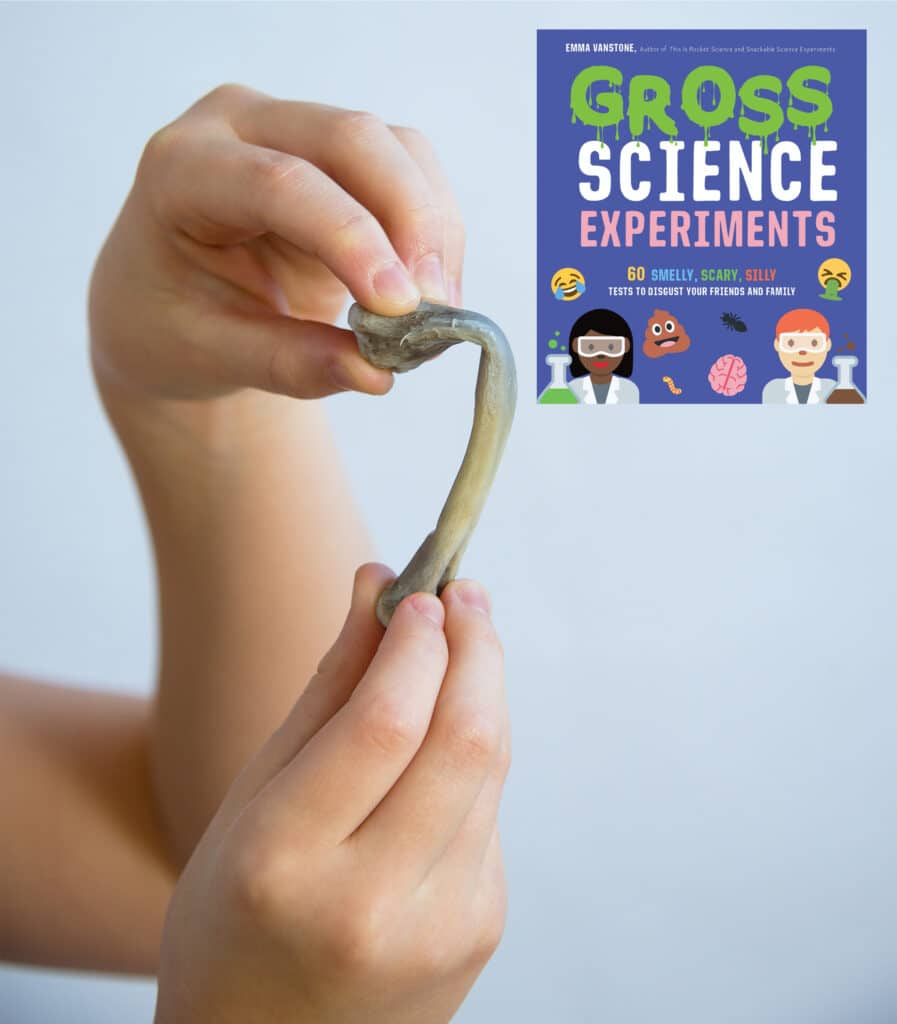
More ideas for learning about the human body
Read these fun facts about the human body!
Find the iron in breakfast cereal with a magnet.
Find out how a virus infects the body and make model viruses.
Discover if taste is linked to smell with a fun jellybean activity.
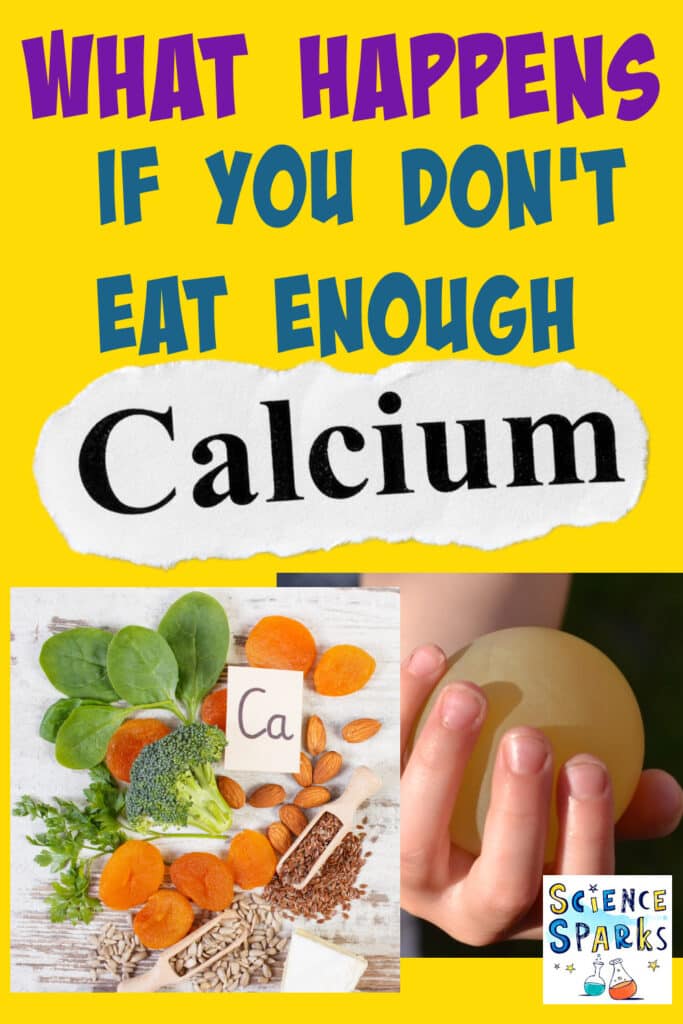
Last Updated on October 4, 2022 by Emma Vanstone
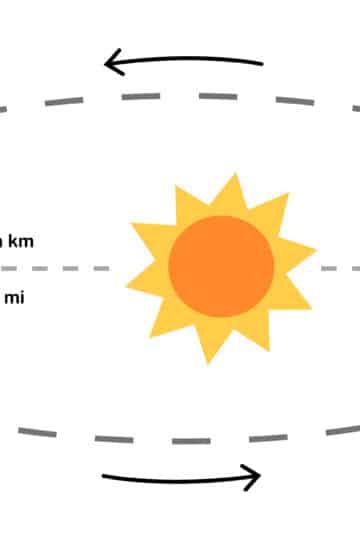
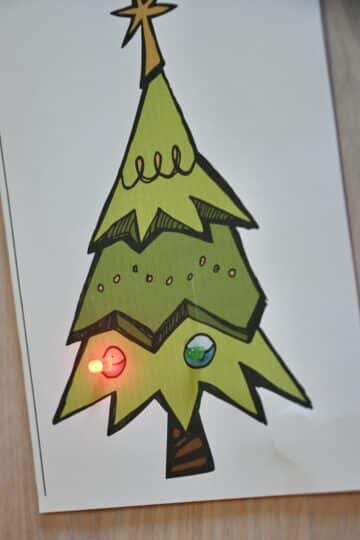
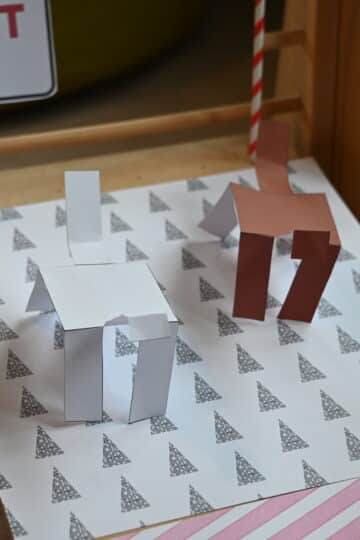
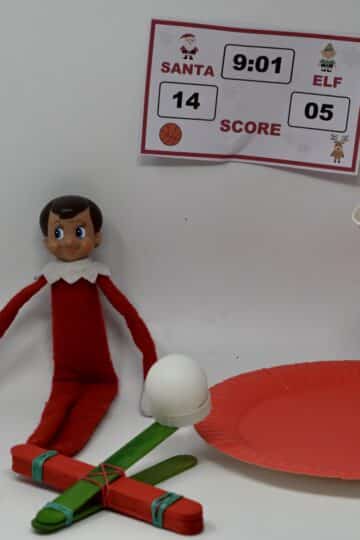
Leave a Reply